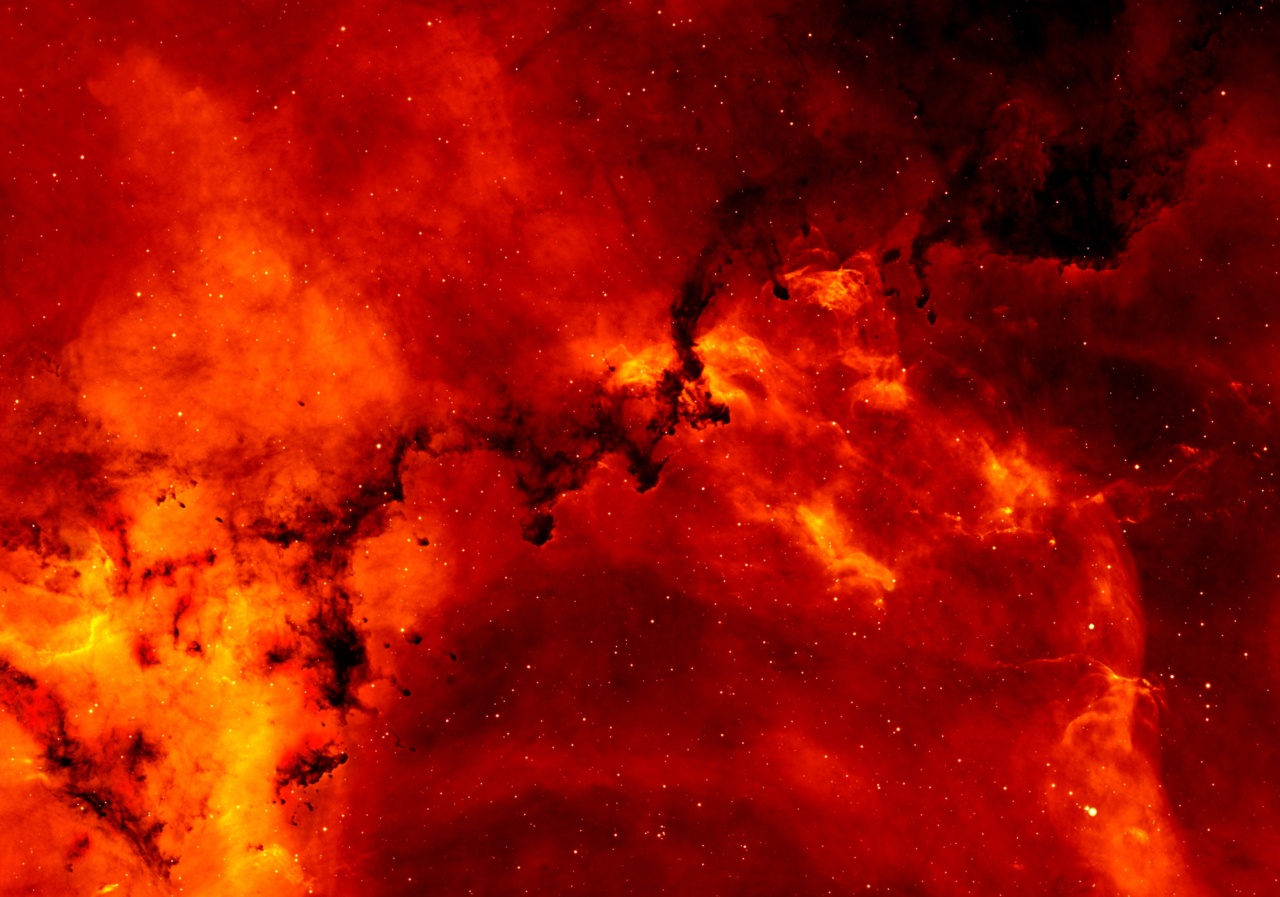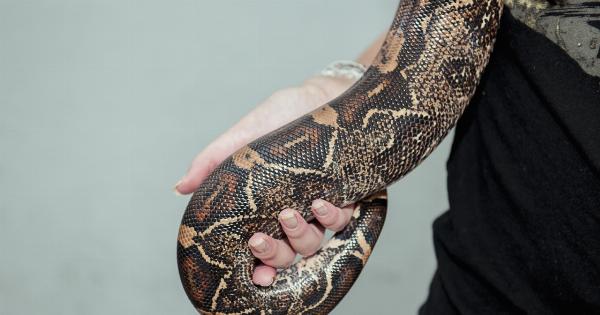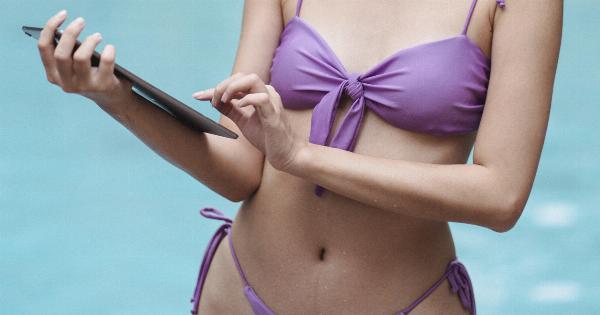Solar burns, also known as sunburns, can be very painful and uncomfortable. They occur when the skin is exposed to ultraviolet (UV) rays for a prolonged period, damaging it.
To avoid getting sunburns, it’s essential to take precautionary measures like applying sunscreen, wearing protective clothing, and avoiding direct sunlight between 10 am and 4 pm when UV rays are strongest. However, if you do get a sunburn, it’s crucial to handle it correctly to prevent further damage or complications. In this article, we’ll highlight ten mistakes to avoid when dealing with solar burns to ensure quick and safe recovery.
Using Hot Water
Many people believe that using hot water on a sunburn can alleviate the pain. However, this is far from the truth. Hot water can aggravate the damaged skin cells, causing more pain and possibly resulting in skin peeling.
Instead, use cool or lukewarm water to soothe the sunburn. You can also add some baking soda or oatmeal to the water to relieve itchiness and inflammation.
Applying Butter or Oils
Another common myth about sunburn treatment is using butter or oils to moisturize the affected area. This approach is counterproductive as butter and oil trap heat, making the sunburn worse.
These substances can also clog the pores and prevent the skin from breathing, causing acne or other skin breakouts. Instead, use aloe vera or a sunburn relief spray to moisturize and cool the sunburnt skin.
Popping Blisters
Sunburns often result in blister formation, which is the body’s natural way of protecting the damaged skin. Popping the blisters may seem like a good idea, but it’s not.
Popping the blisters can expose the raw skin underneath, increasing the risk of infection. The blister also contains fluids that help to heal and protect the skin. Therefore, leave the blisters intact and allow them to heal naturally. If the blisters break on their own, clean the area with mild soap and water and cover it with a bandage.
Wearing Tight Clothes
When recovering from a sunburn, it’s crucial to wear loose-fitting clothes that allow the skin to breathe. Tight clothing can rub against the sunburnt skin, causing pain, inflammation, and possibly leading to infection.
Loose clothes made of breathable fabric like cotton or linen will help to promote skin healing while keeping you comfortable.
Exposing the Skin to Sunlight
After getting a sunburn, it’s essential to avoid direct sunlight until the skin has adequately healed. Exposing the skin to more UV rays can worsen the sunburn, cause further damage, and increase the risk of skin cancer.
If you must go outside, wear protective clothing, a wide-brimmed hat, and use a broad-spectrum sunscreen with an SPF of at least 30. Avoid sun exposure between 10 am and 4 pm when UV rays are at their peak.
Not Drinking Enough Water
Dry skin is more susceptible to damage from the sun’s UV rays. Therefore, it’s crucial to keep the skin hydrated from the inside out by drinking plenty of water.
Dehydration can also worsen the symptoms of sunburn, like headache, dizziness, and fatigue. Aim to drink at least eight glasses of water daily, and eat hydrating fruits like watermelon, cucumber, and pineapple.
Scratching the Sunburn
It’s common to experience itchiness when dealing with sunburn, but scratching the affected area can cause more harm than good. Scratching can rupture the skin, causing bleeding and increasing the risk of infection.
Instead, apply a cool compress on the sunburnt area or use a topical ointment to relieve itching. Keeping the skin moisturized can also help to prevent it from becoming dry and itchy.
Skipping Sunscreen
One of the primary causes of sunburn is failing to apply sunscreen before going out in the sun. Sunscreen helps to protect the skin against harmful UV rays that cause sunburn, premature aging, skin cancer, and other skin damage.
When choosing sunscreen, choose one with an SPF of at least 30 and reapply every two hours or after swimming or sweating. Don’t forget to apply sunscreen to all exposed areas, including the ears, neck, feet, and any part of the body that’s directly exposed to the sun.
Ignoring Severe Symptoms
If you experience severe symptoms like blistering, fever, chills, or nausea, seek medical attention immediately. These symptoms could indicate a more severe sunburn, heat exhaustion, or heatstroke, which require prompt medical attention.
Delaying treatment could result in complications or permanent skin damage.
Using Tanning Beds
Many people believe that using tanning beds before going to the beach or on vacation can help to protect against sunburn. However, this is a dangerous and misguided notion.
Tanning beds expose the skin to harmful UV rays, increasing the risk of skin cancer, premature aging, and other types of skin damage. Avoid using tanning beds at all costs.


























